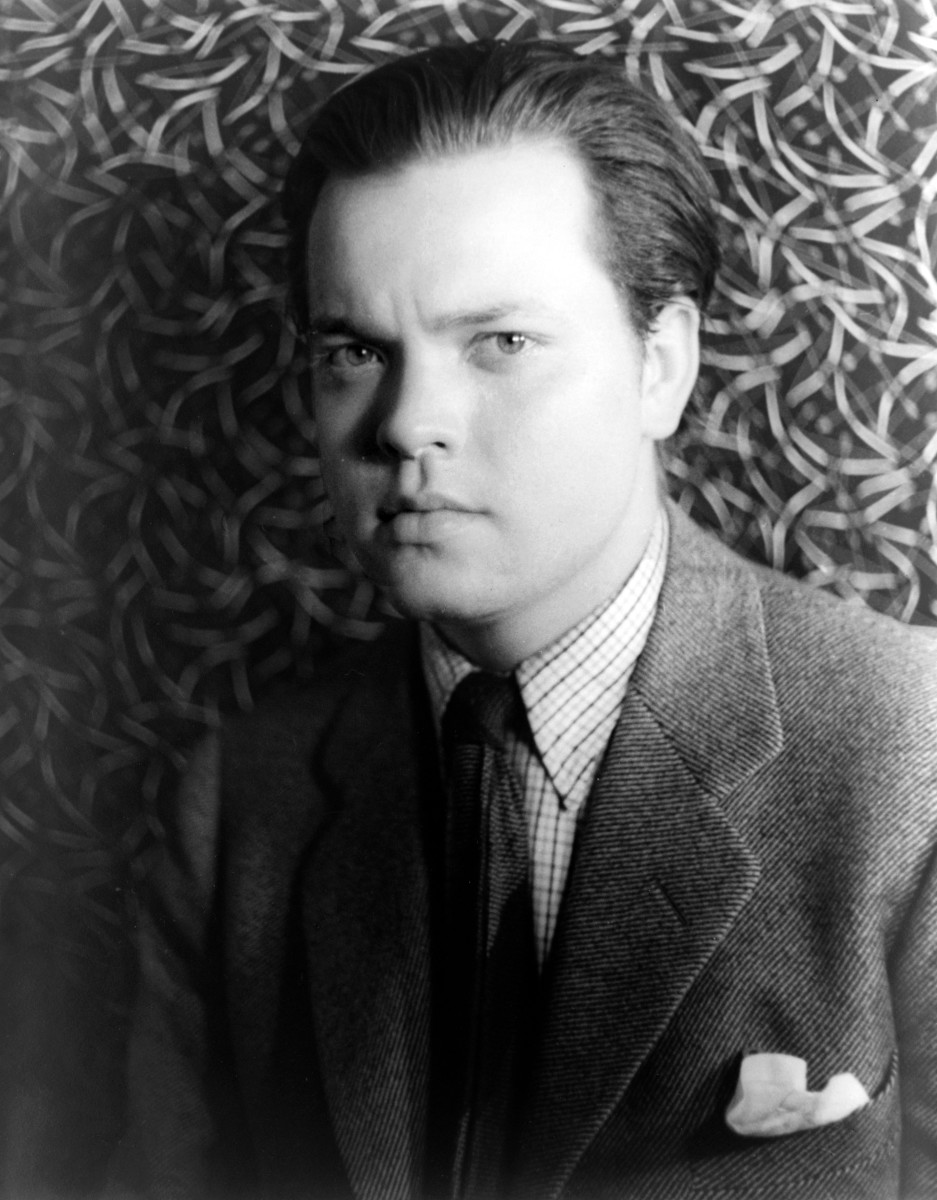How Orson Welles redefined 'Film Noir'
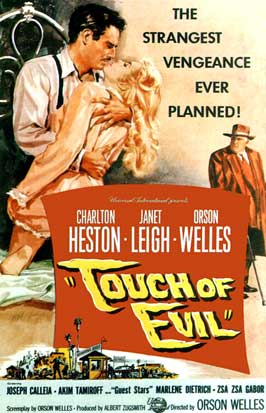
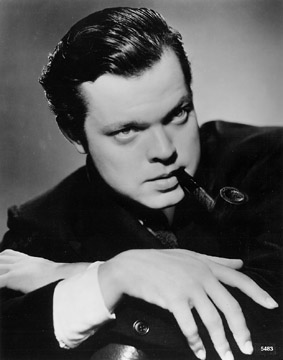
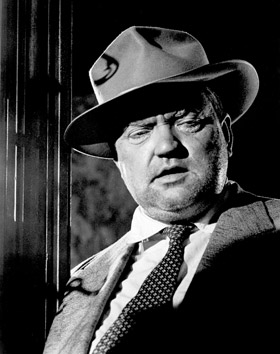
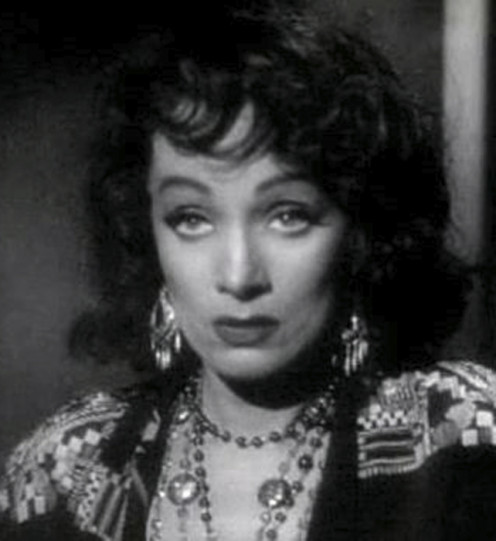
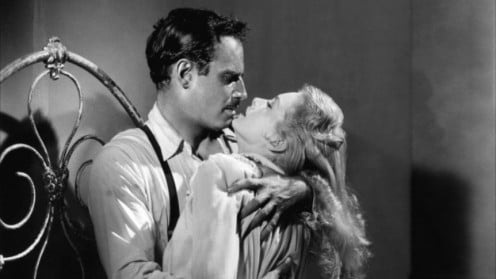
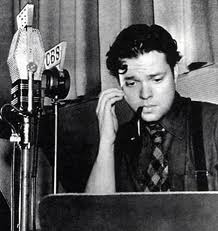
In typical Welles fashion, the emperor of cinema redefines a genre with his stunning 'Touch of Evil' (1958)
Welles was a masterful enigma.
Shortly before his death, Wells confided to Peter Bogdanovich: "boy, how everyone'll love me when I'm dead." Orson Welles spent a career doing it all "his way" and, as such, both infuriated and intimidated the studios. Welles sought sensationalism, and it showed in his craft, his demand for excellence, and his pursuit of not just utilizing modern film making methodology, but defining it.
With Kane, Welles unleashed the full bore of his artistic potential and knew outright what he'd created. His fake "News on the March" created uniformity out of illusion. His drive for innovation was almost Goerbbels-like in his "bigger the lie, the more people will believe it" approach to cinematic sensationalism: News On The March replicated a historical/documentary "past", that never even existed! It was "reality entertainment" decades before the concept existed.
Warping convention under the guise of "mainstream appeal" was Welles' signature. I thought about this while again watching his Touch of Evil (1958). It was through Touch of Evil, not Citizen Kane, which Welles redefined a genre –Film Noir- and in doing so solidified his genius into the annals of cinematic history.
Throughout his career Wells would manipulate even the most current and popular of film techniques and styles into his own Wellesian amalgamations. Deep focus for example, later became such a lush part of his career that by "Touch of Evil" Welles' style was awash with it, in almost Hitchcockian predictability.
Widely known was the contempt Welles had for Hitchcock, and certainly once he began feeling settled in his craft, Welles trail-blazed ahead towards innovation, lest be aligned with his Hitchcockian contemporary.
In Touch of Evil, mega-studio Paramount wanted a simple, straight-forward noir film, which Wells would deliver, but in his own way. The studio, of course balked, which is how the whole 'multiple versions' of Touch of Evil came about. Welles knew that the studios were clamoring for film noir.
What infuriated Paramount was Welles notable sidestepping of convention to the studio system in which his film interpretations flipped noir upside-down to suit his needs, including: Welles doing away with the narrative voice over.
Next, Welles did away with starting a film at the end and moving progressively backwards through the "reveal." Finally, he did the unthinkable: He "removed" the femme fatal.
I believe Welles did away with voice over in this noir classic because he trusted his audiences… Clearly more than he trusted the studios. In telling Touch of Evil on his terms, Welles knew that a spoken drone would steal from the lush visual imagery he was seeking to achieve.
So adamant was Welles about anything pulling the viewer's focus, that one of the defining "battles" Welles and Paramount fought was over on-screen text over the opening car scene at the beginning of the movie. In Welles' version, the text scrolls separately, adding 4 extra minutes, which the studio was very vocal about stopping.
Another point that Welles broke the standard film noir style in Touch of Evil was how his film does not "begin at the end", a classic –if not defining- trait of standard film noir.
As the expression goes, the end of one story begins another.
Touch of Evil opens on the end result of whatever unseen story led to the doomed driver and passenger's demise in the car bombing. From there, the film text picks up the search for motive, for responsible parties, and a tapestry unfolds. Through the exploration into motive and culprits for the opening bombing, many things are revealed; most notably, Welles' ingenious use and insertion of the story within the story: the past dynamic between Welles character and Dietrich's, clearly a femme fatale dynamic, and thus, a missing key component of film noir definition.
The (actually not) missing "Femme Fatale": Film Noir's coveted pièce de résistance is -and has always been- the femme fatale. Just because the femme fatale dynamic is not the story Welles sought to tell in Touch of Evil that does not mean it was not employed; it was. She's there.
To spin film noir in his own style, Welles "reconstituted" the dynamic –and the placing- of the femme fatale in Touch of Evil. The femme fatale didn't just control men; she domineered them. In doing so, the femme fatale became a spring overflowing of sexual desire, of their obsessive fixation, of and ultimately their undoing. To Welles, such a character was far too lush to cast off, and in Touch of Evil, Welles had absolutely no desire to any such thing.
The film does not maximize the traditional noir-defining femme fatale because -in this particular intended reading- the femme fatale was not the story Welles sought to tell. Instead, the femme fatale here is Marlene Dietrich, as a tarot-reading seductress who once -in their untold shared past history- had clearly bewitched Welles' flawed, corrupt character.
Touch of Evil was a set-up of a film, that could have easily spawned a long line of "addendum astories", or "sequesls" as we know the term today.
The film ends with Dietrich watching her former object of femme fatale fixation –Welles- floating lifelessly down the river, and returning to the very disappointing life she'd lamented to Welles about earlier in the film.
A set up for a 'traditional' femme fatale 'sequel' of sorts? It is, of course, entirely possible... But no, probably not. But the film does conclude in the same way it opened: a tragic event that is the culmination of events.
Knowing the "history" of all the characters, I could see a film opening on Welles dead body in the water, in much the same way that Touch of Evil opened with its tragic car bombing.
As one story ends... Another begins.
So it was with Orson Welles: Iconic genius of entertainment


